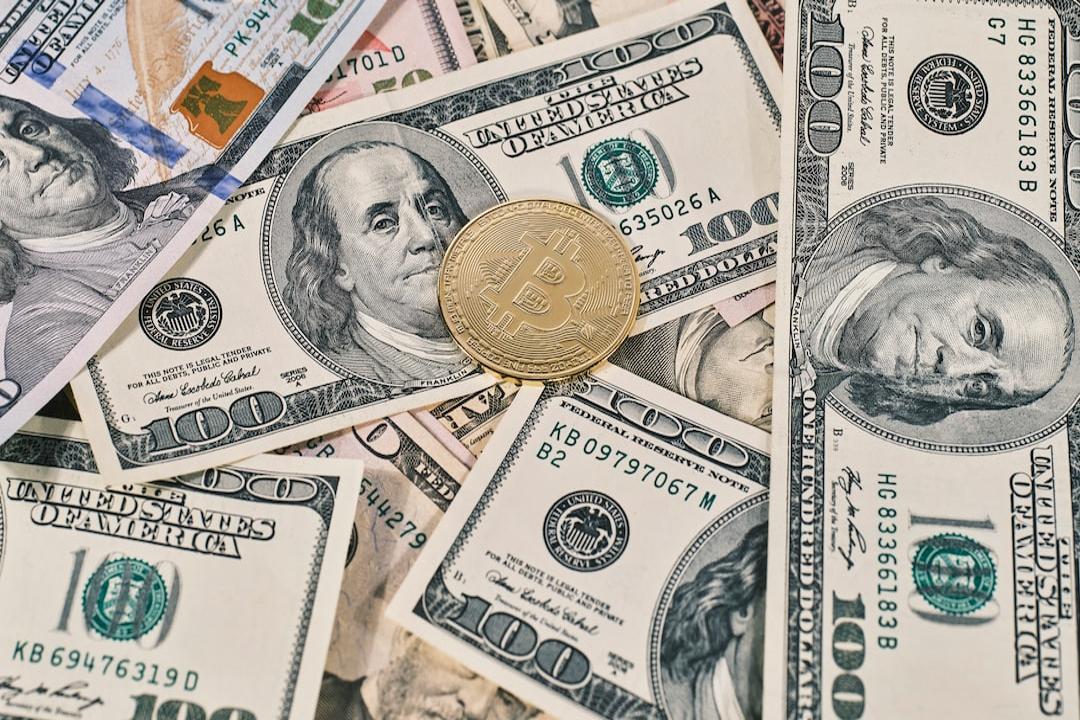Kelp, a groundbreaking solution in the face of inflation concerns with traditional fiat currencies and the volatility of cryptocurrencies, is offering a unique approach to monetary policy. In a recent AMA with Cointelegraph, CEO and co-founder Edward Bishop explained Kelp’s innovative concept.
Describing itself as a “flatcoin,” Kelp is neither a traditional fiat-backed stablecoin nor an algorithmic coin. Instead, it combines elements of both to maintain its purchasing power over time and adjust its supply to inflation in the real economy. Kelp utilizes the quantity theory of money, a monetary theory that is integrated into its protocol. This protocol monitors economic activity and predicts the ideal circulating supply to ensure price stability.
At the core of the Kelp ecosystem is the Kelp Protocol, which relies on various economic indicators to understand market conditions. For example, if Kelp experiences rapid price increases, the protocol can adjust the supply to reduce volatility.
Currently in a seed phase, Bishop describes Kelp as being in a “very experimental” stage. The main goals of this phase are to achieve parity with the U.S. dollar and ensure a minimum amount of coins are in circulation. Once these goals are met, the price is expected to find equilibrium and naturally fluctuate. The price range may be adjusted based on market demand and expand as the demand for Kelp increases.
To achieve these goals, Bishop explains that Kelp has different systems in place. For instance, staking temporarily locks up the supply, incentivizing users to hold Kelp instead of trading it, thereby reducing the amount of supply in circulation. On the other hand, a variable taker fee, tied to the liquidity pool, increases when the price goes down.
During the seed phase, Kelp Protocol focuses on making accurate predictions through simulations. Algorithms determine interest rates and token release strategies, acting as the guiding protocol for this phase. Additionally, Liquidity Guard, a smart contract, allows users in challenging situations to sell their Kelp holdings at an optimal time, bypassing the variable taker fee. Kelp manages the sale responsibly to minimize market impact and offers different fee tiers based on urgency.
Compared to traditional central banks, Kelp has the advantage of quicker adjustments due to its use of on-chain data, enabling faster and more accurate monitoring of economic activity. However, Bishop acknowledges the need for a delicate balance, as overreactions can be detrimental. In extreme market volatility, Kelp can use collateralized assets as a backstop, similar to how central banks conduct open market operations, stabilizing the price through buybacks.
Bishop reveals that Kelp aims to build a large user base and targets 1-2 million users for the official launch. Through the Kelp Reservation Program, they are allocating 25 billion Kelp tokens that can be earned through referrals or completing gamified tasks. All of this is accessible through the Kelp app, which also serves as a self-custodial Web3 wallet.
Coming soon to the Kelp app is K.A.T.E, an algorithmic trading engine. It will analyze users’ risk profiles and investment goals, using hedge fund algorithms to create personalized investment portfolios and suggest assets to buy and hold.
In terms of funding, Kelp avoids VC funding and prioritizes raising funds through pre-sales and building a user base to ensure wider accessibility. This aligns with their “money for all” philosophy.
Bishop emphasizes that Kelp’s goal is not to control the market but to shape its behavior. Unlike other platforms, Kelp does not aim to control supply or implement a two-token system. Instead, they manipulate various levers such as interest rates, variable fees, and supply increases allocated to different programs. Ultimately, their aim is to become a reliable unit of account for everyday transactions.
To learn more about Kelp, visit their website.
Disclaimer: This article is sponsored content. Cointelegraph does not endorse any specific product or content on this page. Readers are advised to conduct their own research before making any investment decisions, and the responsibility for such decisions lies solely with the reader. This article should not be considered investment advice.

